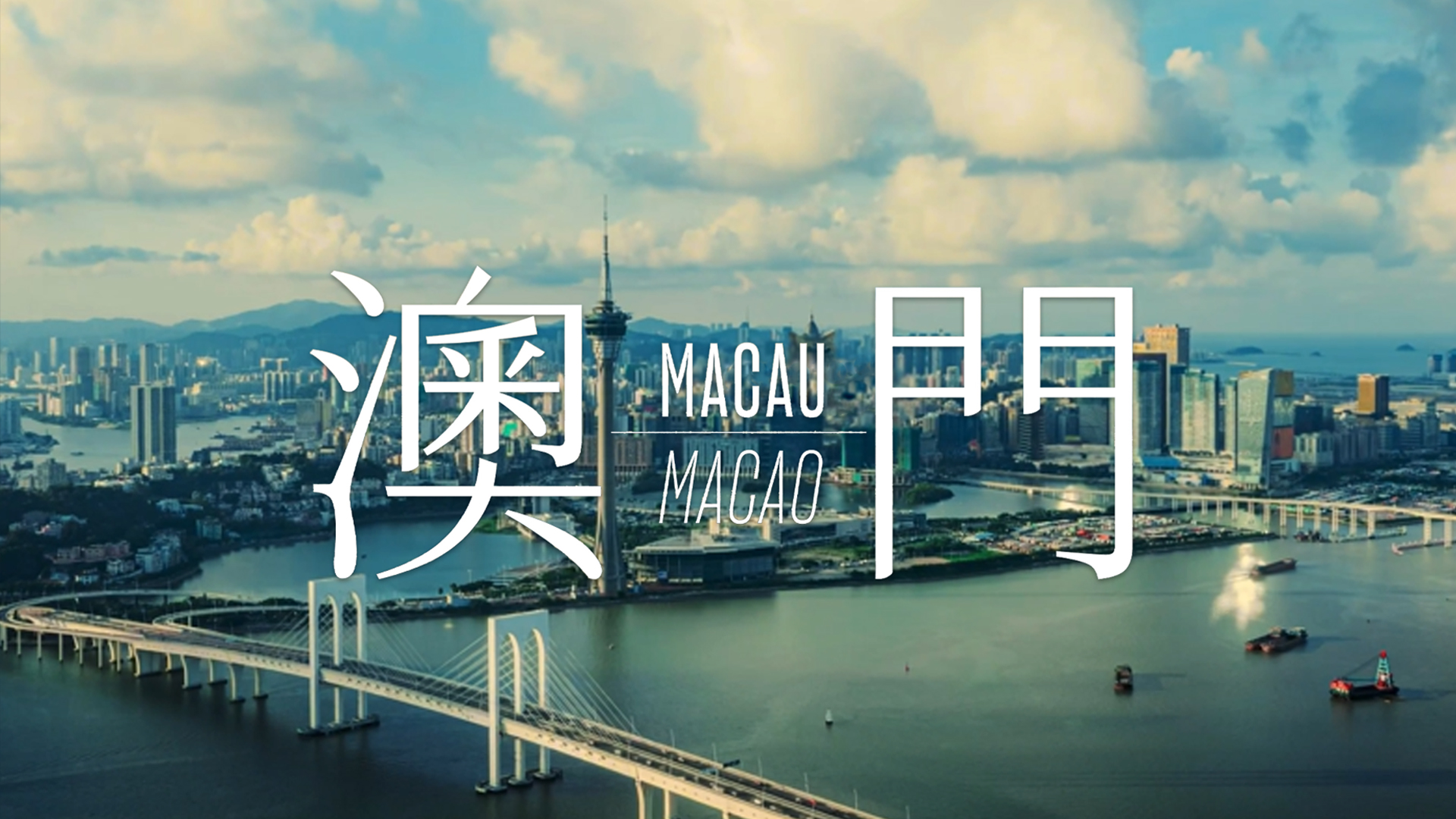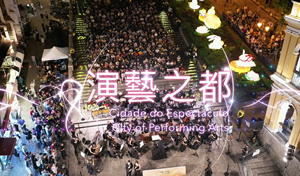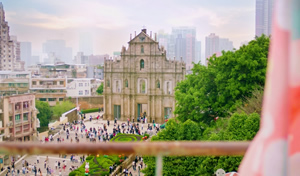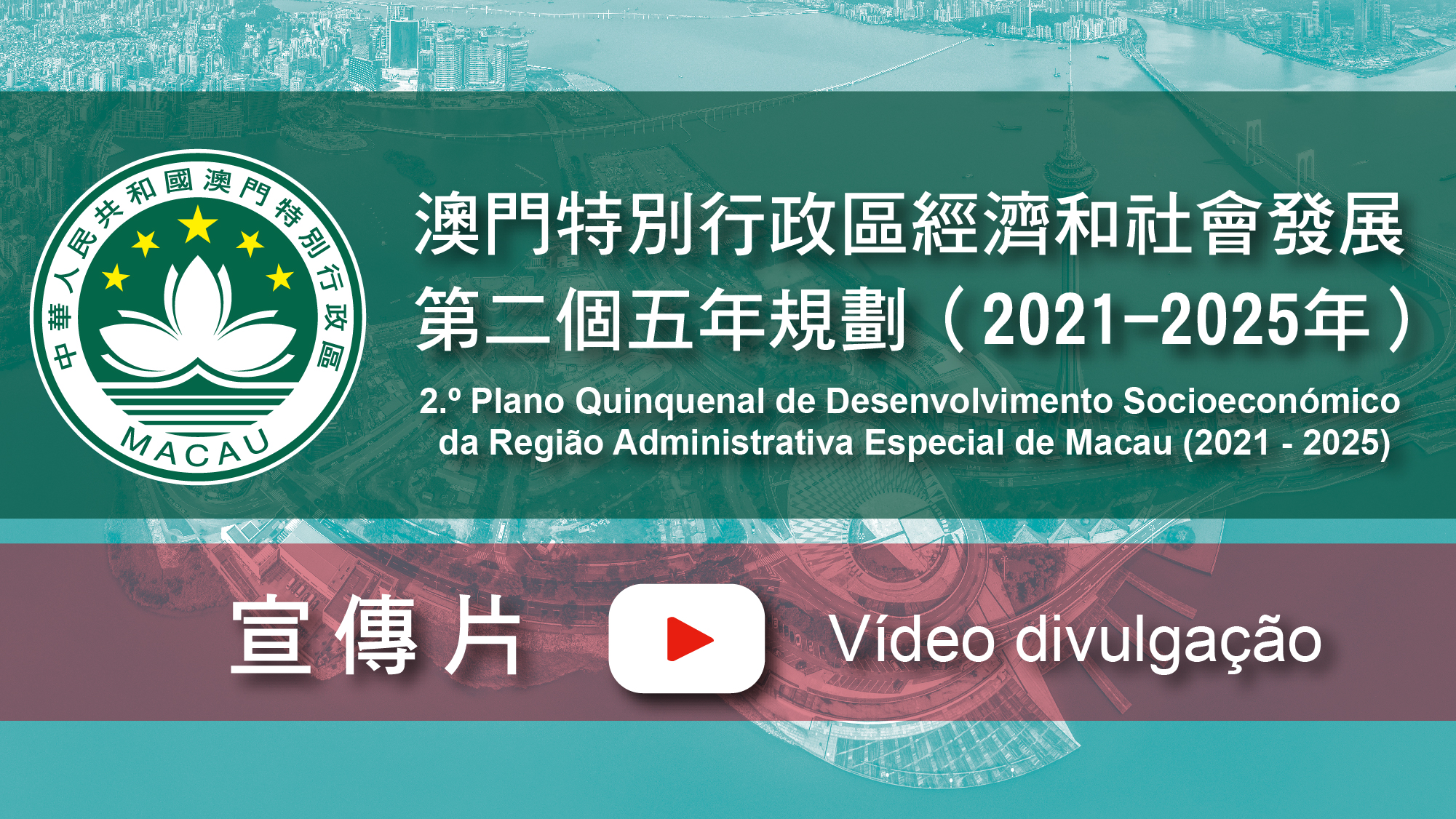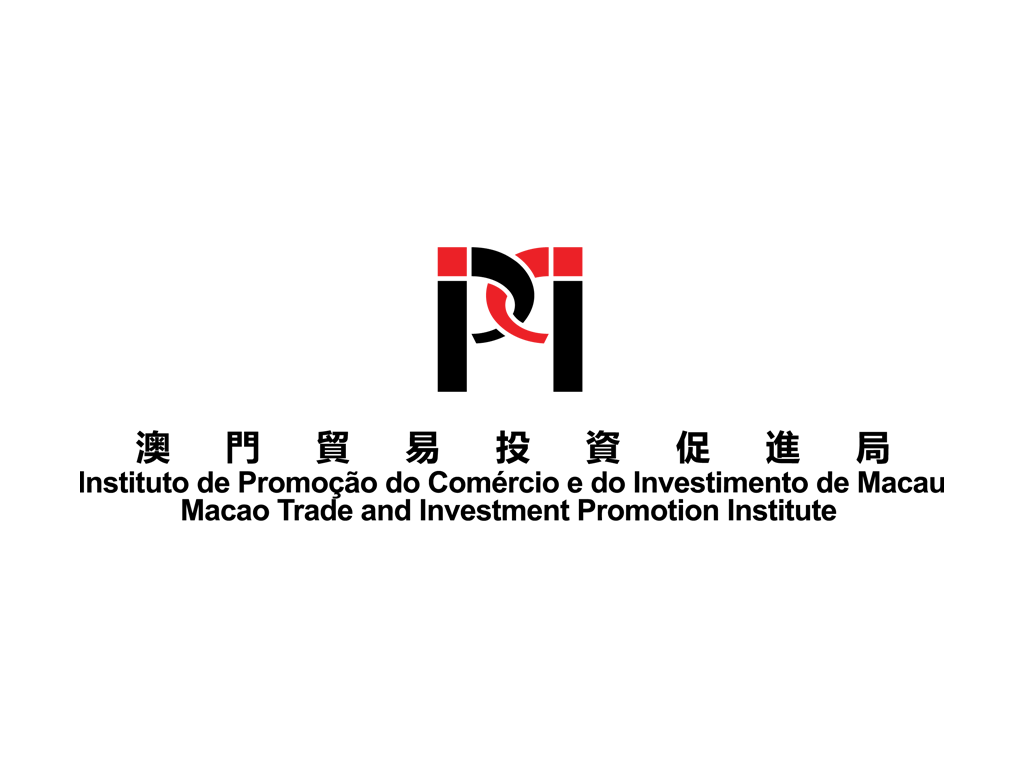Search Issues
Macao’s fascination with red wine and the local wine market
Macao’s red wine culture was first brought by the Portuguese and has gradually taken root among ordinary peo ple. Macao’s unique historical background has led to the convergence of eastern and western cultures. Food and drink are in particular, a result of both influences. The alcohol culture is a telling example.
Portuguese restaurants and immigrants brought Portuguese wine into the Macao market when they settled down here. The competitive price of Portuguese wine has also contributed to its popularity. Prior to the handover, it enjoyed tariff breaks and its export price was much lower than red wine from France and other countries. Although Portuguese wine, with the exception of Port, is less famous globally than French red wine, its good taste and the flavour offers drinkers a pleasant experience. That is why Portu guese red wine has been very popular for such a long time in Macao.
Unique wine culture
According to statistics, Macao im ported over 550,000 litres of Portuguese wine in 2005; three times that of French wine (about 180,000 litres). Portuguese wine makes up more than half the local market sales and is still the dominant prod uct. Price wise, French wine is much more expensive than Portuguese wine. Macao citizens spent MOP90 million on French wine and MOP19 million on Portuguese wine in 2005, which shows that the price difference between the two is indeed sig nificant.
Argentina, Australia, California, Chile and South Africa have improved their grape cultivation and brewery techniques there fore establishing their own wine brands and improving their global popularity. Many connoisseurs have begun to appreciate and enjoy wines from these areas, in particular from the Latin American countries of Ar gentina and Chile. After soccer and the Tango, red wine is Argentina’s third na tional treasure. Argentines are very proud of their wine, which is known mostly for its low price and good quality. Probably because of the soil, Argentine and Chilean red wine has a rich aroma, tempting flavour and excellent lingering taste. While drink ing Argentine and Chilean red wine, one can get a taste of the Latino robustness, passion and a sense of mystery.
American, Australian and South Afri can red wines often appear on the recom mended list of restaurants and supermar kets in Macao and are well known to the consumers. Compared with 2004, imports of American and South African red wine grew respectively by over 30% and 4.3% in 2005, while the import of Australian red wine fell by 10%. The import of Chilean red wine is double that of South African, making it one of the top ten red wines in Macao. Argentine red wine, introduced to Macao only recently, has already attracted some local fans, although it has a small market share and less than 2,000 litres is imported annually. Nevertheless the im port figures grew by as much as 1.5 times within a span of a year. It is worth men tioning that imports of mainland red wine grew by over 50%, which proves that main land red wine also has some loyal patrons.
The food and drink industry is a barom eter of the local economy. It is particularly true for alcohol distributors. Liberalisation of the gaming industry has begun to show positive effects on Macao’s economy. Newly built gaming and recreational facilities are attracting some big spenders while overall confidence in investment has strengthened. Attracted by such business opportunities, many middle and high-end restaurants have opened in Macao, promising new opportuni ties for the sales of red wine.
Red wine culture activates po tential market
Macao imported 996,450 litres of wine in 2005, worth MOP120 million up by over 20% over 2004. The Depart ment Store and Provisions Association Vice-Chairwoman Sandy Leong, who has been working in the liquor and spirits business for many years, says that both the gaming and tourism industry and the exhibition and conference sector require good catering services. Food and drinks have become an essential part of people’s daily enjoyment. Alcohol distributors are very much encour aged by Macao’s economic performance in recent years. As a result of a buoyant econ omy, people consume more red wine and demand more variety. Red wine is more widely available to ordinary people by le veraging retail chains such as supermarkets. Consumers from different walks of life all demonstrate a high degree of receptiveness to red wine. Goodtime plans to open retail outlets in hotels in addition to its whole sale business so as to cater to individual consumers.
Based in Macao, Goodtime entered the Mainland market years ago, focusing on overseas spirits and wine. Favoured by the young middle class, wine drinking has be come fashionable on the Mainland. Sandy Leong does not think that wine drinking will be a fleeting phenomenon. Instead she is full of confidence for the great potential provided by the Mainland market. She cites one example to prove her point. When she attended a dinner on the Mainland in 1990s, of a dozen guests, some chose Maotai and some chose beer, she was the only one drinking red wine. But when the same peo ple met again ten years later, all drank red wine. Sandy also points out that although many people on the Mainland like red wine they do not have enough know-how in choosing a good wine or understand the purity. Knowledge of red wine needs to be gradually spread and made popular with the consumers.
Sandy says the biggest headache for investors interested in the Mainland wine market is not the competition with multi tude of Mainland wine brands or building a brand or setting up a sales network. Rather the biggest difficulty comes from red wine registration. According to Mainland regu lations, in order to ensure product safety, labels of imported red wine must have a detailed description of ingredients, expiry date and other information. Even, wine from the same series from the same brew ery needs separate registration. Application procedures often take one year. This limits the variety of imported wine as some new wine can only be stored for two to three months and therefore cannot be sold on the Mainland. Comparatively speaking, Macao’s import procedures are mature and much simpler. Greater varieties bring the most benefit to wine drinkers.



